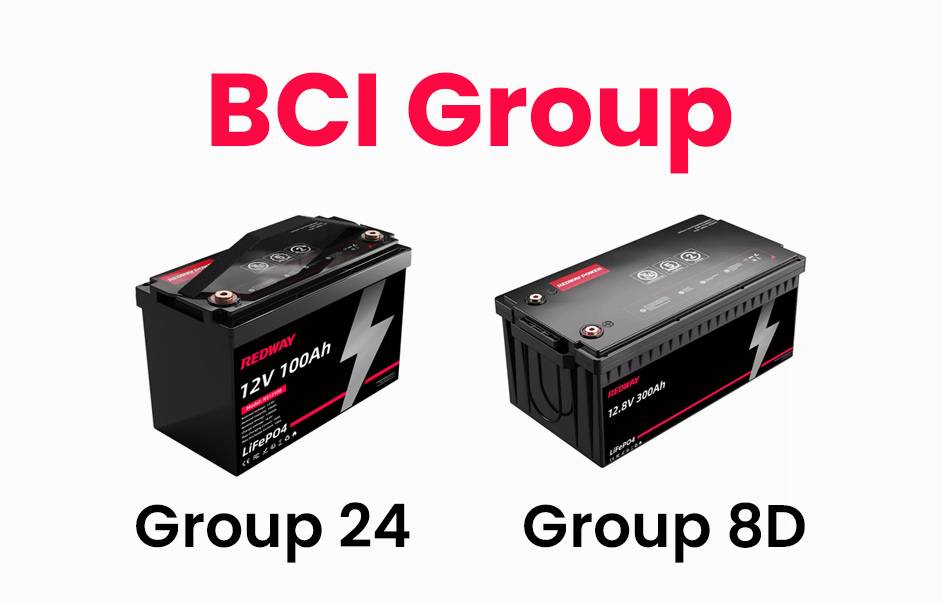Форумы » Новости и объявления
BCI Battery Group Size Chart
-

“BCI Battery Group Size” refers to the Battery Council International (BCI) standard for categorizing automotive batteries based on their physical dimensions, terminal placement, and voltage. BCI group sizes are used to ensure compatibility between batteries and vehicles. Each group size corresponds to a specific set of dimensions and terminal configurations, allowing consumers to select the appropriate battery for their vehicle. Common group sizes include Group 24, Group 35, Group 49, etc.
The Battery Group Size Chart standardizes batteries based on dimensions, including length, width, height, and polarity. Each number corresponds to different size sets, with larger numbers indicating bigger batteries. Consult your owner’s manual or reliable online sources to identify the correct size for your devices. Choosing the wrong size can lead to problems. Small batteries may not provide sufficient power, while large ones could damage wiring. When replacing an old battery with a new one, make sure the new battery is the same type as the old one or it’s confirmed to be a direct replacement. Also, check that the new battery has the same or better electrical capabilities.
Small 12V deep cycle/general purpose batteries are mostly Sealed Lead-Acid (SLA) or Lithium Iron Phosphate (LiFePO4) batteries, typically used in UPS devices, alarms, toys, wheelchairs, etc. Most popular models are batteries with smaller capacities, usually up to 30-35Ah, where standard Group U1 and U1R batteries kick in. If you are looking for even larger deep cycle/general purpose batteries, consider one of the larger battery groups, like groups 24, 27, 31, etc.
Batteries come in different sizes and shapes. Using a battery with the wrong group size may not fit properly in your vehicle’s battery compartment. This can lead to physical damage to the battery, the vehicle, or both. Batteries are designed to provide a specific voltage and capacity suitable for the vehicle’s electrical system. Using a battery with the wrong specifications can lead to electrical problems such as undercharging or overcharging, which may damage sensitive electronic components like the alternator or the vehicle’s computer systems.
A battery with the wrong group size may not provide enough cranking power (CCA – Cold Cranking Amps) or reserve capacity to start the engine reliably or power auxiliary systems. This can result in difficulty starting the vehicle, especially in cold weather, or frequent battery failures. In extreme cases, using an improperly sized battery can pose safety hazards such as leaking electrolytes, overheating, or even explosion due to excessive charging or discharging. To avoid these issues, consult your vehicle’s owner’s manual or seek advice from a professional mechanic to ensure you select the correct group-size battery.
Это сообщение изменил Colin Mudd at 1 апреля 2024 г., 13:41:25 PDT
